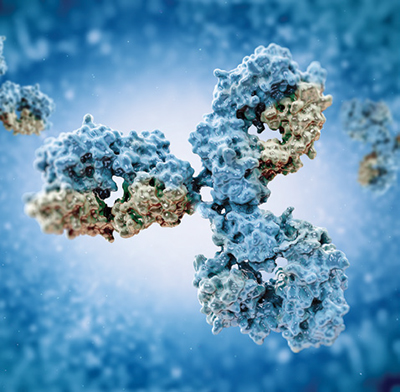views
Antibody humanization enhances the adaptability and efficacy of therapeutic antibodies derived from non-human sources, promoting safer and more effective applications in human medicine. This article explores the necessity of antibody humanization, reviews the evolutionary progression and development requirements of humanized antibodies, and examines various humanization strategies.

Evolution of Therapeutic Monoclonal Antibodies
The development of therapeutic antibodies has transitioned from mouse monoclonal antibodies to fully humanized forms, marking a significant advancement in biotechnology. Initial antibodies were directly derived from mice and exhibited considerable immunogenicity in humans. The first generation of humanized antibodies, known as chimeric antibodies, involved replacing the constant regions of a mouse antibody with those of a human antibody, significantly lowering immunogenicity while retaining the mouse antibody’s high specificity. Subsequent generations, such as CDR-grafted antibodies, involve transplanting only the complementarity-determining regions (CDRs) of a mouse antibody onto a human framework, further reducing immunogenicity while aiming to maintain binding affinity. Surface-reshaped antibodies have been engineered by altering the surface amino acids of mouse antibodies to minimize epitope recognition by the human immune system, thus decreasing immunogenicity without compromising the antigen-binding site. Finally, fully human antibodies, generatedeither through phage display technology or from human B cells, are entirely derived from human sequences, providing the lowest immunogenicity risk and being optimal for repeated or long-term treatments.
Development Requirements of Humanized Antibodies
Humanized antibodies must adhere to stringent development standards to guarantee safetyand efficacy. Essential criteria include minimal immunogenicity, high binding affinity, and substantial in vivo stability. These antibodies should also be producible in large quantities under current Good Manufacturing Practices (cGMP) to maintain consistent quality and therapeutic effectiveness. Furthermore, extensive biocompatibility testing is required to verify that these antibodies do not elicit unintended biological responses.
Strategies of Antibody Humanization
Antibody humanization involves several sophisticatedtechniques, each designed to reduce the immunogenicity of non-human antibodies while preserving or enhancing their therapeutic efficacy. These methods are essential for developing antibodies that can be used safely and effectively in human medicine.
Read more: https://www.pharmafocusamerica.com/advertorials/humanization-of-antibodies






















Comments
0 comment